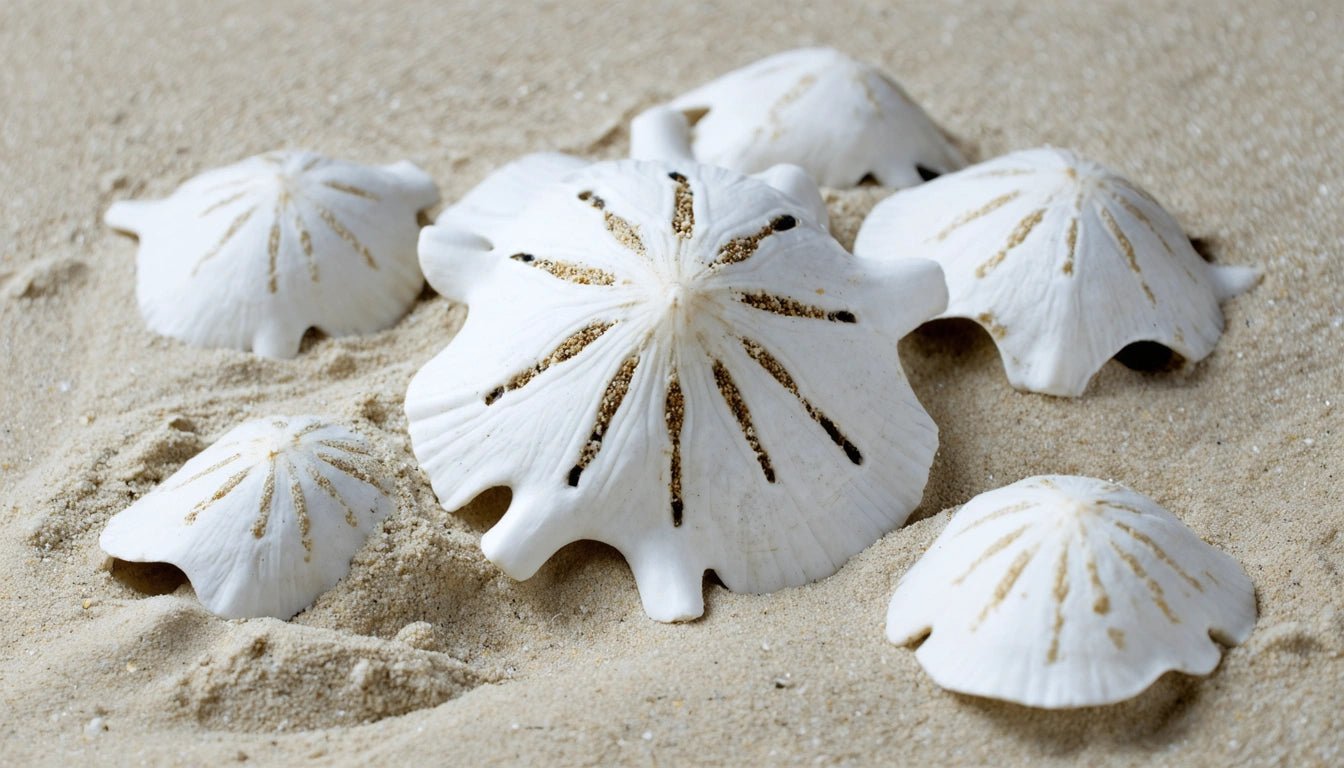Table of Contents
Exploring Sand Dollars: Habitat and Movement
Sand dollars fascinate beachcombers and marine biologists alike with their distinctive flat, round shapes and intricate patterns. These unusual creatures belong to the class Echinoidea, making them relatives of sea urchins despite their dramatically different appearance. Understanding where sand dollars are found and how they move provides insight into their ecological role and evolutionary adaptations.
Sand Dollar Habitats: Where These Creatures Thrive
Sand dollars inhabit sandy or muddy seafloors primarily in shallow, marine environments. They're most commonly found in temperate and tropical waters worldwide, with different species adapted to specific regions:
- Along the Pacific coastline from Alaska to Baja California
- Throughout the Gulf of Mexico and Atlantic shorelines
- In the Caribbean Sea's sandy bottoms
- Across Indo-Pacific tropical waters
- Around Australia's extensive coastlines
Most sand dollars prefer subtidal zones, typically at depths ranging from just below the low tide line to about 100 feet deep. However, some species have been discovered at depths exceeding 1,000 feet. They generally favor protected bays, lagoons, and other areas with moderate wave action rather than high-energy environments.
The substrate composition plays a crucial role in determining where sand dollars establish themselves. They thrive in fine to medium-grain sand that allows them to partially bury themselves while still accessing food particles. Areas with consistent water flow that brings nutrients without excessive turbulence create ideal conditions for these filter-feeding echinoderms.
Movement Mechanisms: How Sand Dollars Navigate Their Environment
Despite appearing stationary to casual observers, sand dollars possess sophisticated locomotion capabilities. The question of how a sand dollar moves has several fascinating answers:
Tube Feet System
The primary movement mechanism involves thousands of tiny tube feet extending from pores in their test (shell). These microscopic appendages work through hydraulic action, extending and contracting to create slow but deliberate movement across the seafloor. The tube feet operate through a water vascular system unique to echinoderms.
Spines and Cilia
Covering the sand dollar's surface are thousands of short, fine spines that move in coordinated patterns. These spines, along with hair-like cilia, create a rowing motion that helps propel the animal forward or assists in burrowing. When observing their movement patterns under controlled conditions, researchers have documented that sand dollars can travel up to 2-3 centimeters per minute—remarkably efficient given their body structure.
Burrowing Behavior
Sand dollars move not only horizontally but also vertically through the substrate. They can bury themselves completely in sand for protection, feeding, or to prevent being washed away by strong currents. This burrowing motion typically involves a rocking action combined with spine and tube feet coordination.
Sand dollars move using a combination of thousands of tiny tube feet, short spines, and cilia that work together to create slow but effective locomotion across and into sandy seafloors.
Environmental Factors Affecting Sand Dollar Distribution
Several environmental conditions determine where sand dollars are found in greatest abundance:
Water Temperature
Different species have specific temperature preferences, with some thriving in cool temperate waters while others require warm tropical environments. Temperature fluctuations can trigger seasonal migrations to maintain optimal conditions.
Current Patterns
Sand dollars position themselves strategically in relation to water currents. They often orient perpendicular to water flow, allowing them to efficiently filter feed while maintaining stability against being swept away. Areas with moderate, consistent currents typically support larger sand dollar populations.
Predation Pressure
The distribution of sand dollars is also influenced by the presence of their natural predators, including certain fish, crabs, and sea stars. Areas with fewer predators often show higher sand dollar densities.
Substrate Composition
The seafloor composition significantly impacts where sand dollars can establish themselves. They require substrates that allow for both movement and partial burial—typically fine to medium-grain sand with minimal rocky obstacles.
Lifecycle and Movement Patterns Throughout Development
Sand dollar movement capabilities and habitat preferences evolve throughout their lifecycle:
As planktonic larvae, they drift with ocean currents before undergoing metamorphosis. Juvenile sand dollars develop their movement mechanisms gradually, initially staying in protected microhabitats before venturing into more exposed areas as adults. Adult specimens display more deliberate movement patterns, often traveling in response to feeding opportunities, reproductive needs, or environmental stressors.
Seasonal changes trigger collective movement behaviors in many sand dollar populations. During winter months in temperate regions, they may migrate to slightly deeper waters to avoid storm turbulence, returning to shallower areas during calmer seasons.
Conservation Considerations for Sand Dollar Populations
Understanding where sand dollars are found and how they move has important implications for marine conservation efforts. These creatures serve as bioindicators, with their population health reflecting overall ecosystem conditions. Their movement patterns and habitat preferences make them vulnerable to certain environmental changes:
- Coastal development that alters seafloor composition
- Water quality degradation affecting their filter-feeding capabilities
- Climate change impacts on water temperature and current patterns
- Excessive collection by beachcombers seeking their skeletons
Conservation strategies focused on protecting sand dollar habitats benefit not only these fascinating creatures but entire marine ecosystems. By preserving the sandy bottoms and water quality conditions that support sand dollar populations, we help maintain the delicate balance of shoreline and subtidal environments.
The next time you encounter a sand dollar—whether alive in its natural habitat or as its distinctive skeleton washed ashore—consider the remarkable journey it has made through its marine world, slowly but purposefully navigating the sandy depths through its specialized movement mechanisms.



















